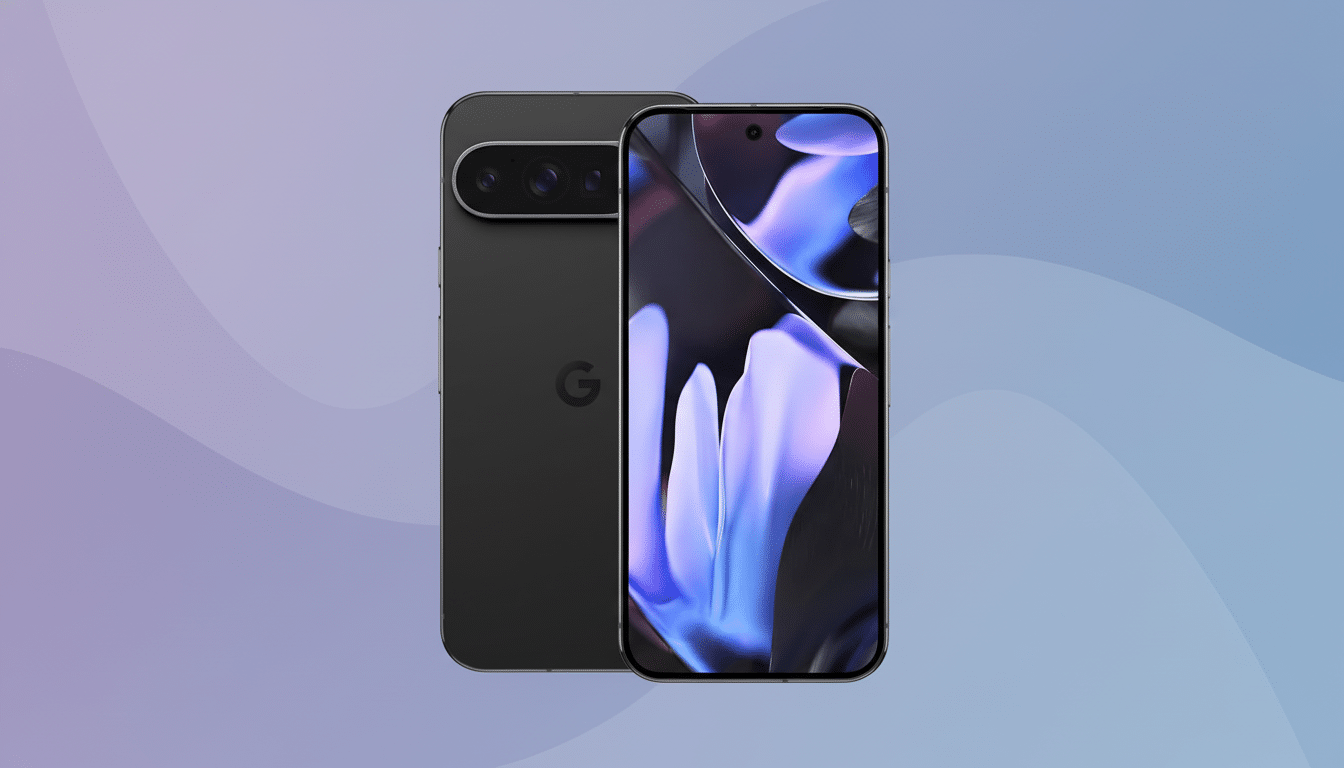Google is adding AI-powered notification summaries to Pixel phones, an update that resembles one of the most controversial features of modern smartphones. Just like Apple’s AI-powered notification features on the iPhone, it also collapses voluminous chat messages so you can skim what matters without drowning in a sea of texts. The update is now rolling out to Pixel 9 family and newer, except the Pixel 9a.
What the new summaries accomplish for Pixel users
It automatically creates bite-sized recaps of long conversations and stashes them right into your notification shade. It functions in popular chat apps, so whether the backlog is in Messages, WhatsApp, Telegram, or Slack, you’ll get a shortened version instead of a string of alerts.

To prevent false alerts for non-messages, Google limits the system to conversations only. That means the ETAs for your ride-hailing service, the OTP codes from your bank, and reminders in your calendar are not rewritten — a move that should minimize the possibility of getting crisscrossed or misleading summaries. Internal parameters flagged to researchers earlier suggest Google is tuning this conservatively: summaries are limited to 50 a day (they usually show up a couple of minutes after the first alert), and they’re only triggered for longer threads within a specific word range. Although the company can tweak those thresholds as it goes, it’s a clear intention — summarize when helpful and stay out of the way otherwise.
In action, that might look like a brief paragraph highlighting the last dozen messages in an active group chat, plus some context on who asked what and any follow-up action items. The idea is to cut down on notification overload while also sparing you the trouble of opening each app.
How it contrasts with Apple’s notification approach
Apple has popularized the concept with items like Notification Summary and more-recent priority tools that leverage on-device intelligence to elevate what’s important and squish what’s not. That capability has raised debate: some users love the efficiency; for others, there are concerns about AI paraphrasing sensitive messages or missing nuance. And that controversy has served as a lightning rod for larger questions about how much phones should filter our personal communications.
Google’s version hews to a narrower tack. Because it only acts on chat threads — not transactional and system notifications — it dodges much of the potential for abuse that critics raised about blanket summaries. This takes into account that conversations are most useful when contextually condensed, whereas a flight delay or banking alert should remain verbatim. It’s a practical distinction that could improve accuracy while preserving the trust of those users.
Accuracy matters here. Research in human-computer interaction has long observed that summaries can lose important nuances, particularly sarcasm, tone changes, or timely questions. By delaying recap generation and setting length thresholds, Google is effectively allowing context to accumulate — a technique that usually makes a trained model more consistent while hallucinations become less frequent.

Availability and controls for Pixel notification summaries
The updated summaries are part of a new feature drop for eligible Pixels. Google is rolling the feature out to all Pixel 9 and later (with the exception of the Pixel 9a) models right now. As with many a rollout, exact availability will depend on your region and carrier, so it won’t come to everybody at once.
Crucially, you stay in control. There’s a master switch in Settings to just turn notification summaries off altogether, and you can control which apps take part. That matters for workplaces and privacy-oriented users who would like raw alerts on, say, apps such as email or finance while permitting summaries for social or family chats.
Google has not specified which on-device model drives the feature, though recent Pixel phones ship with a compact AI that’s suited to low-latency tasks like Smart Reply or Recorder summaries. The round-the-clock cap and the brief delay appear to represent both a battery-aware design and a backstop against runaway processing.
Why it matters for managing notifications on Pixel phones
Notifications have become too much for many people. Industry surveys from companies like Deloitte and Asurion estimate that the average smartphone user receives dozens of alerts daily, and heavy users many more. Group chats alone can generate hundreds of pings in a couple of hours. Sure, summaries are a logical response: surface the gist, take the cognitive load off, and let you decide when to act.
The danger is that AI could smooth over the wrong detail. A missed deadline due to a summary, a changed location, even an ask that is not quite so straightforward can waste time or create friction. Google’s choice to restrict scope to chat messages, introduce a time buffer, and impose a daily quota is a compromise between speed and fidelity. It’s a conservative take on a controversial idea Apple was instrumental in popularizing — and now it’s coming to Pixels with more aggressive focus and stricter guardrails.
If you’ve come back to your phone after a meeting and found a wall of messages waiting, this could be a real time-saver. If you’d rather see every notification as nature intended, the off switch is where it should be. Either way, AI summaries are set to be a new default of the flagship Android line, and the debate about how much AI should mediate our conversations will follow it there.

